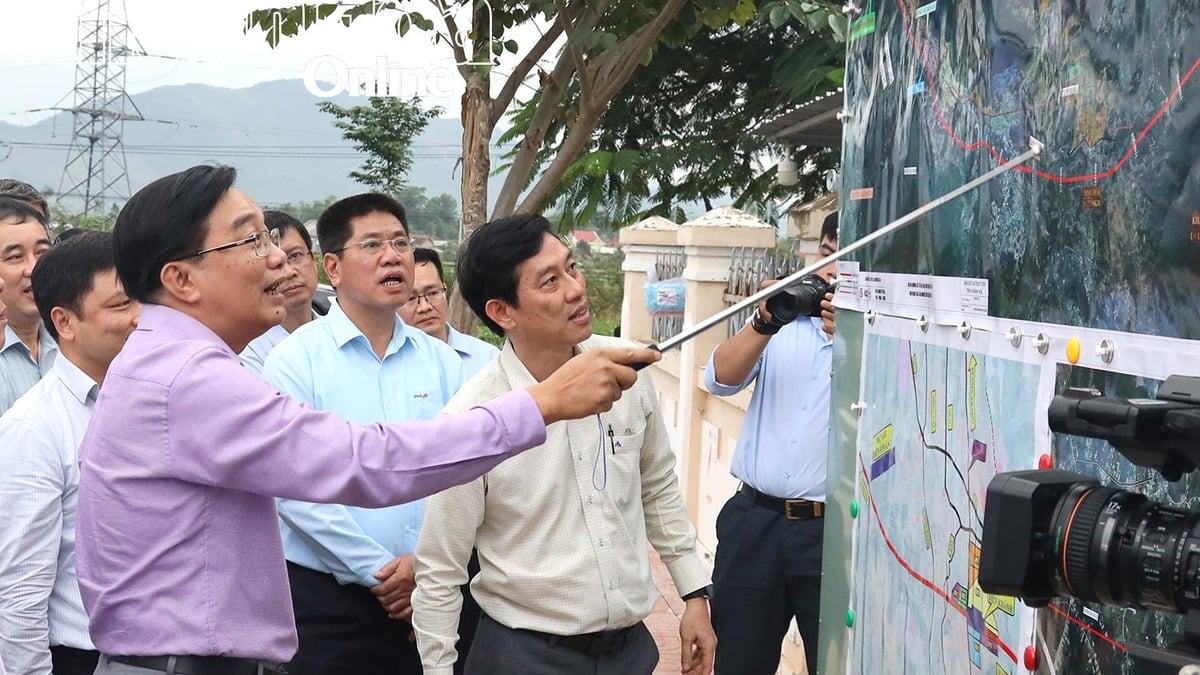The discovery at El Barranc de la Boella is not only evidence of technological evolution but also shows the ability to think in patterns – a major step forward in human cognition.
Around 900,000 years ago, in northeastern Spain, our ancestors made a huge leap forward in stone tool technology. At the El Barranc de la Boella archaeological site, scientists led by anthropologist Diego Lombao (University of Santiago de Compostela) discovered the earliest evidence of advanced stone tool technology in Europe.
A leap forward in technology
The tools found here represent a significant development from the oldest known stone tools, the Oldowan (Mode 1) type, which appeared nearly 3 million years ago. Oldowan tools were typically made by striking two stones together to create sharp-edged flakes. But at El Barranc de la Boella, the ancients employed the more sophisticated Acheulean (Mode 2) technique.

Acheulean tools were made using different materials such as bone and wood to achieve greater precision and symmetry. In particular, the technique required a common manufacturing sequence, demonstrating the maker's ability to plan and think ahead.
Scientists have found that the ancient people here selected and transported a variety of local materials to make their tools. For example, they used flint for small tools and schist for larger tools. This demonstrates the ability to adapt tools for specific purposes, a level of thinking that is far superior to earlier stages.
Where does technology come from?
It is noteworthy that Acheulean technology did not develop internally at El Barranc de la Boella but may have come from migration. Some of these technologies appeared suddenly in the area, and there are many similarities with other sites such as Ubeidiya in the Levant.
Researchers suggest that Acheulean technology may have spread from Africa to Europe about 1.4 million years ago, reflecting waves of migration and cultural exchange among ancient humans.
The discovery at El Barranc de la Boella is evidence not only of technological evolution but also of the ability to think in patterns – a major step forward in human cognition. This was not a linear or sudden development, but the result of multiple waves of migration and the accumulation of technology over time.
About 300,000 years later, humans continued to make new advances in tool use, opening up a cumulative culture that we are still building and developing today.
Source: https://giadinh.suckhoedoisong.vn/khong-phai-thoi-hien-dai-loai-nguoi-tung-co-dai-nhay-vot-ve-cong-nghe-tu-900000-nam-truoc-172250102071335761.htm

























![[Photo] National Assembly Chairman attends the seminar "Building and operating an international financial center and recommendations for Vietnam"](https://vphoto.vietnam.vn/thumb/1200x675/vietnam/resource/IMAGE/2025/7/28/76393436936e457db31ec84433289f72)











































































Comment (0)